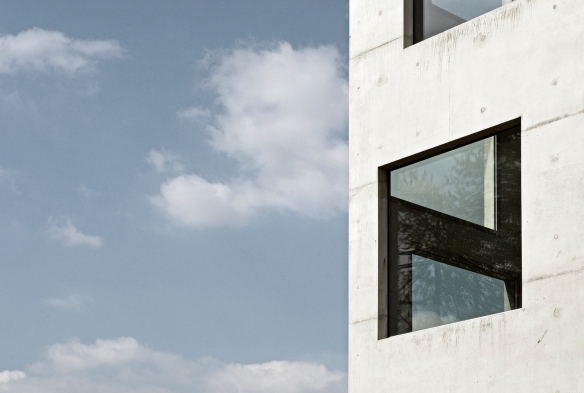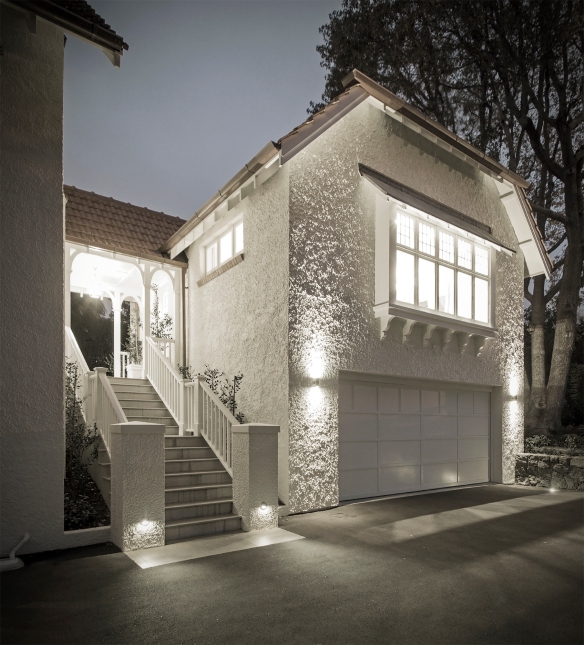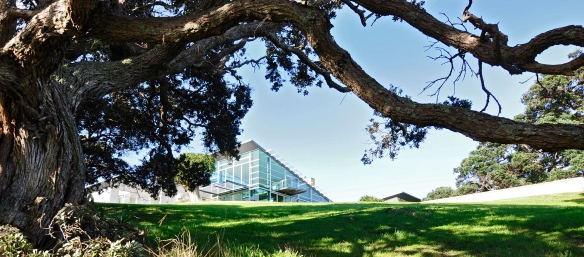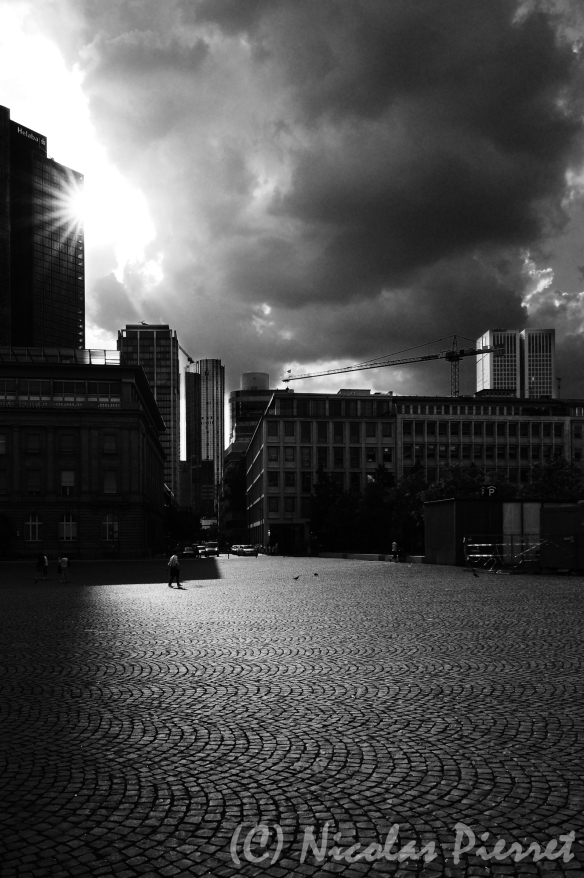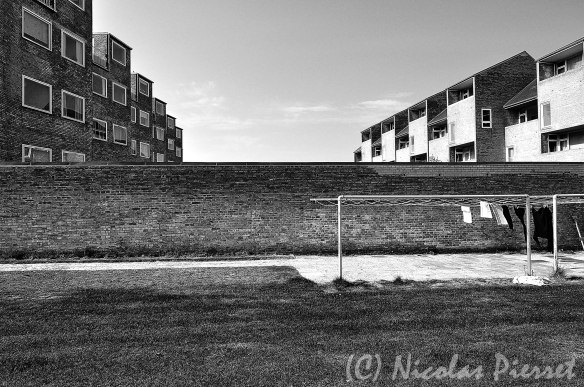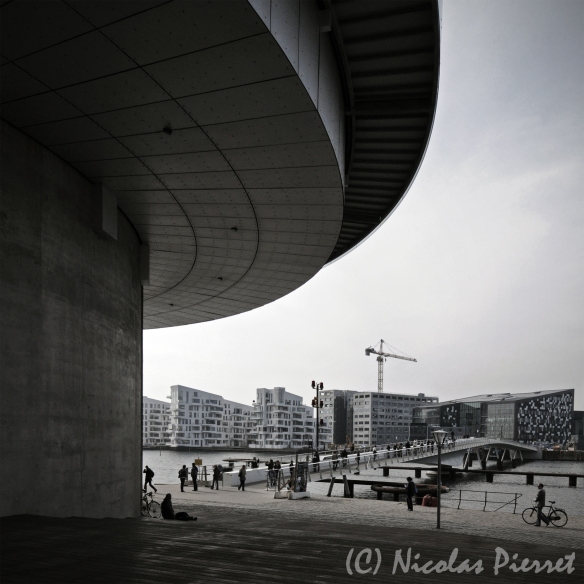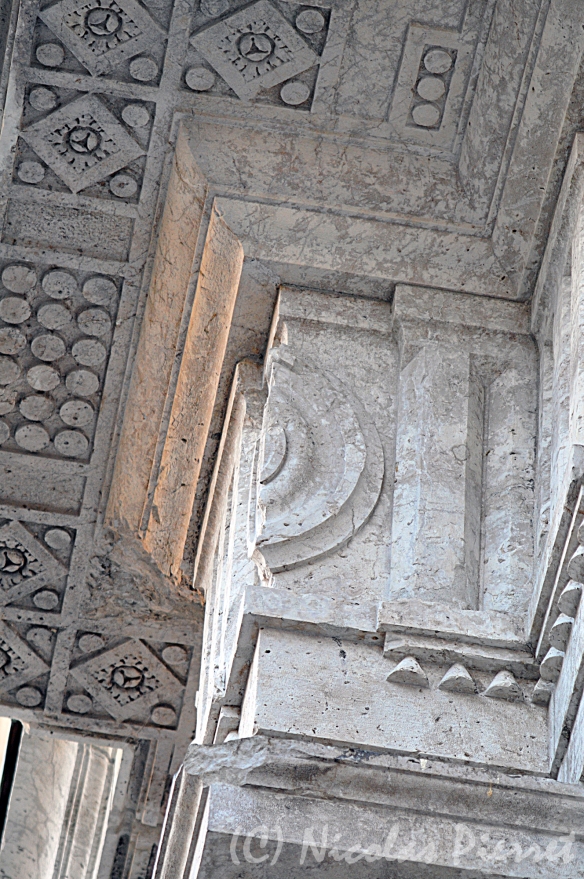Auckland House
It’s been a long time I didn’t wrote on this blog. Not that I stopped taking photos, but life is full of experiences, and I was enjoying them! So here come the first post in almost 7 months now.
As part of my job in Auckland, I had the opportunity to join the photograph in charge of taking pictures of one of the previous job of the office. It was a great chance for me to see how actually work professional photographers, the attention to details, listen to precious advices about setting-up a scene as well as capturing the best of it and post-processing it. Continue reading
Waiheke Island
Architecture needs a Place, a site to express itself, to answer it or reject it, but this dialogue is a necessary part of the final building! From the quality of this dialogue come the one of Architecture. You can both accept or refuse the constraints of views, weather, light, but you need to take them in consideration!
Some places offer a better inspiration than others, and Waiheke seems to be among them. With its rich variety of landscapes, views, its peace, not far away from Auckland, but still withdrawn from mass and crowds, it is the perfect retreat if you can afford it!
The result is a great number of incredible houses, all along the coast! A wonderful architectural walk!
Post processing, the memories of my eyes or the memories of my guts?
Quote
There is always this dilemma for photographer (and artist) after the shot: try to represent reality, being as close to it as possible, or add some artistic effect on it, which can show others your personality.
It seems that the first step could be bringing back what your eyes saw, as for the moment I do not know any camera able to represent exactly what we see or feel in front of a building, scenery or whatever. For this reason, I can’t really understand people who just left their image “as shot”, because one way or an other, they will differ from the view/spectacle the spectator could have had on the site (and trying to remain as real, as pure as possible, they will deceive their public)! I always defend my post processing by trying to share the memories of my eyes, without bringing any consideration of psychology or interpretation: only a physical transcription of the reality, however not possible directly through the lens.
This is my first level of post processing (and the first “Ctrl+S”). Usually, I always try to keep a safe copy of the “real” image, it could be the one before post-processing, or the first step.
Then comes your second picture, where you brought your personality. Here comes some interpretation, sharing feelings, something personal about what you have seen, trying to share emotions to spectators: the memories of your heart, brain, guts. And I believe in this part, it is too late to criticize the photograph, you have to like it or not, as you like a painting or not! If the first part has something to do with the technical level of the photograph (choosing the point of view, the light, opening, depth of field etc.), the second can be done by someone (maybe different?) confident with any post processing software, able to use every tool to express what he wants to. But I reckon that this person have to be on the site too, and best of all, been behind the camera. Otherwise you could be in front of a hard post-processed picture, sharing nothing but technical tricks, catching the eye without arousing any feeling.
Here is the second level, and “Ctrl+Shift+S”.
And here comes the client (or unfortunately before the second stage), and what he wants to have: does he want to have the representation of his building, his architecture, being as faithful as possible (trying maybe not to afraid potential buyers with a different interpretation of his architecture)? Or does he aim at sharing some abstract concept, some feelings, invite people to travel through one or several shots? I guess that most of our clients will try to have the first, faithful representation, but expect it to make people travel! And this is why they ask you some much work, but are not ready to pay to go further! This is maybe the reason why we always have these kinds of artistic pictures in our own “private” collection, creating them in our spare time, because we feel unsatisfied with the “simple” representation of the reality we gave the client!
A hidden and personal treasure, the “feelings of places”.
This essay is a reaction to an article of dennisguichard, “You get what you pay for”
On the same topic, in french, an article of Regis Matthey; Développement d’une photo de paysage sous Lightroom
Frankfurt, Operaplatz
Image
Allehusene Housing, Arne Jacobsen
I didn’t found a lot of things about this particular work of Jacobsen, and unfortunately I don’t remember what we talked about it when we visited it! I was fascinated by the geometry, the work of perspective, and the texture of the bricks, trying to catch all of them in photo. Continue reading
Gemini Residences, MVRDV
Designed by the Dutch office MVRDV, the Gemini residence is the conversion of two old silos (the name come certainly from the twin buildings) in housing, on the Waterfront of Copenhagen, Denmark.
Basilica Palladiana
Image
Il Rendentore
A ray of light cross the nave of “Il Rendetore“, on the island of Giudecca. Built as a present to thanks God for delivering the city from the plague, it was design by Andrea Palladio, one of the early humanist.
This church is considered as the achievement of the architectural theory of the architect.
Palladio’s first design, based on a circular plan, was refused by the Senate, who wanted a quadrangular building, for liturgical reasons. Palladio came back with a new design, a rectangular nave, delimited on each side by three chapels, framed by double columns.
Sources: factoidz.com
About
My name is Nicolas Pierret. I am a French guy who settled in Auckland in the beginning of Winter 2011. I came to picture buildings through my architectural studies, trying to find a new way to endeavour architecture, through an other point of view, the one of a camera lens.
The two disciplines have a lot in common, such as the concept of composition, of framing, the notion of depth of field. The importance of the Light is the base of Architecture, of spaces, and it is the soul of Photography.
Using the knowledge of Architecture and the tools of photography is a way to find the best understanding of a famous building or an anonymous house. It is the way to synthetise its caracteristics and properties, from construction to the way we feel inside it, in a small set of photographies.
I invite you to follow this exploration through the pages of this blog, and I hope you will enjoy it!


